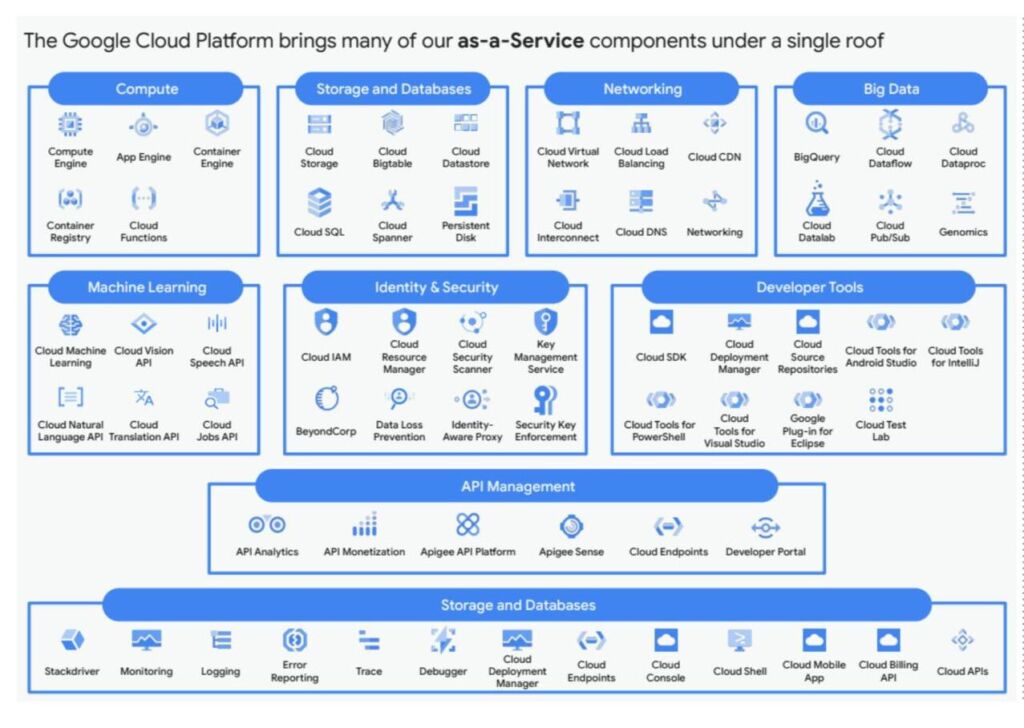Use Spot VMs
Apply for non-critical tasks such as batch processing in Cloud Functions or analytics in BigQuery. A logistics company cut costs by 50% using Spot VMs for route forecasting (source: Google Cloud Logistics, “Cost Optimization,” 2023).
Apply commitment discounts
Reserve Compute Engine or BigQuery slots for stable workloads, such as databases or web apps, saving up to 57%.
Use Cloud Cost Management Recommender
Identify inefficient resources (e.g., unused VMs) and get recommendations for turning them off or scaling them.
Optimize BigQuery queries
Use BigQuery Query Optimization Tool to reduce data scans, lowering analytics costs.
Choose cheaper regions
For example, us-central1 is cheaper than europe-west4, saving up to 20% on Compute Engine or Cloud Storage.
